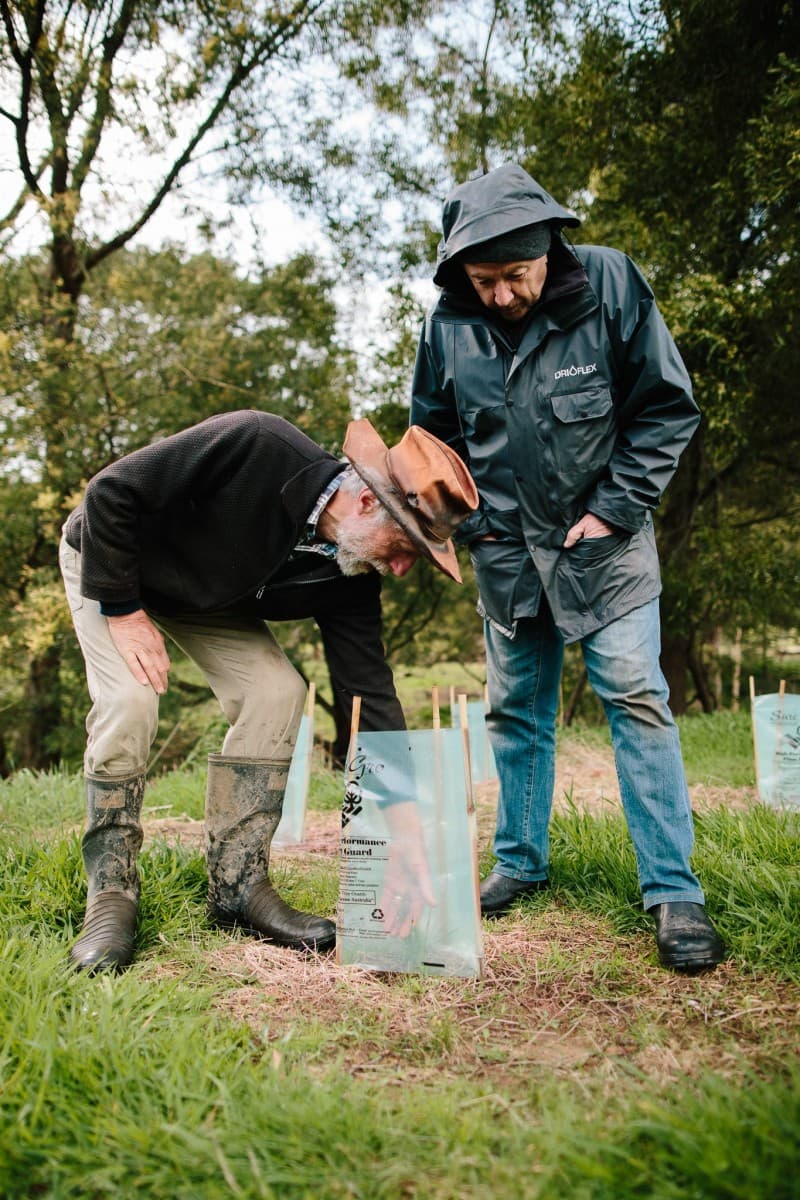South Gippsland Landcare Network
- Project: Developing a Biodiversity Protection Plan for South Gippsland
- Amount: $30,000
- Year(s) Funded: 2021
Protecting endangered species and habitats across South Gippsland
South Gippsland relies on its native flora and fauna for nature tourism, sustainable farming, community recreation and a sense of well-being. A Biodiversity Protection Plan will help the South Gippsland community better protect and build the resilience of its natural environment.

“A collaborative approach to developing a BPP will foster agreed priorities, coordinated on-ground works and smart investments into the future”
JILLIAN STATON, CHAIR OF SOUTH GIPPSLAND LANDCARE NETWORK INC
”Increased population growth and tourism in South Gippsland is putting more demand on remnant patches of nature reserves. There are currently 211 flora and fauna species under threat in the region, and so far there has been little coordinated effort in developing plans for biodiversity protection. Supported by an extensive stakeholder network, South Gippsland Landcare Network will develop a Biodiversity Protection Plan for the region, to better facilitate greater collaboration and coordination of on-ground conservation works.
The employment of a Biodiversity Protection Officer will oversee the project, including data collection, mapping, preparation of draft Biodiversity Protection Plan for broader community consultation, and extensive stakeholder engagement. A Scientific Advisory Committee has been established to guide the methodology of the Biodiversity Protection Plan.
This capacity building project will improve collaborative effort on biodiversity action in South Gippsland:
-
- Following community consultation, a set of agreed actions to be implemented over the next decade by Landcare and key stakeholders will be determined;
- Information on biodiversity protection will be more accessible to the broader community; and
- Updating data and mapping will assist State and local governments to prepare conservation priority and forest management plans.